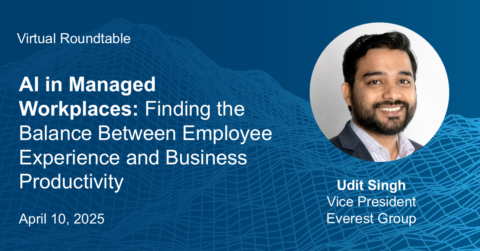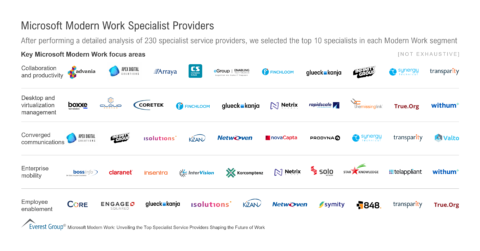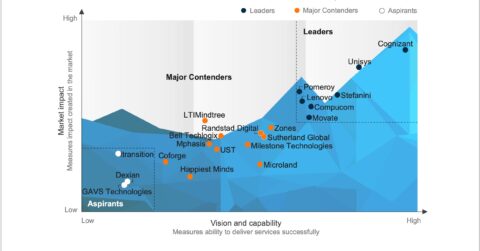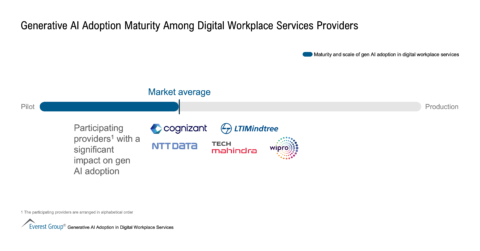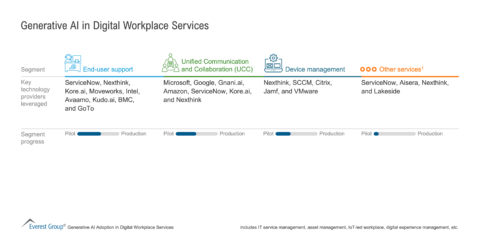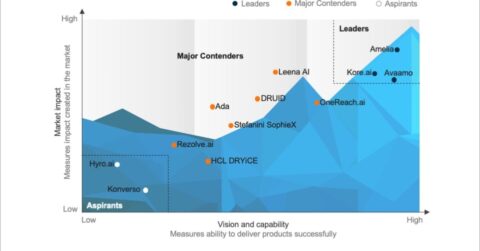Reimagine growth at Elevate – Dallas 2025. See the Agenda.
Displaying 1-10 of 43
AI in Managed Workplaces: Finding the Balance Between Employee Experience and Business Productivity
Thursday, April 10
7:00 PM - 8:00 PM IST
1 Hour
Digital Workplace: The Productivity Era Comeback and Implications for 2025 | LinkedIn Live
On-Demand LinkedIn Live
1 hour


